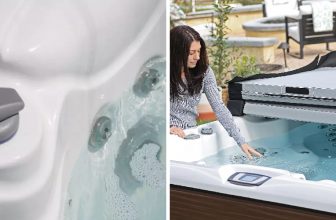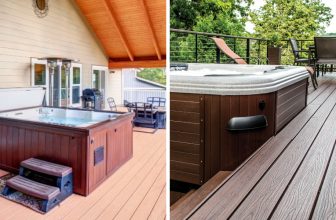How to Reduce Alkalinity in Hot Tub
Maintaining the alkalinity of your hot tub is important for several reasons. The alkalinity helps to buffer the pH level, which prevents it from fluctuating too much, and it also increases the longevity of your hot tub’s water. Keeping the alkalinity low will help ensure the pH levels stay stable. Too much alkalinity can cause cloudy water and lead to scaling and staining of the hot tub’s interior surfaces.
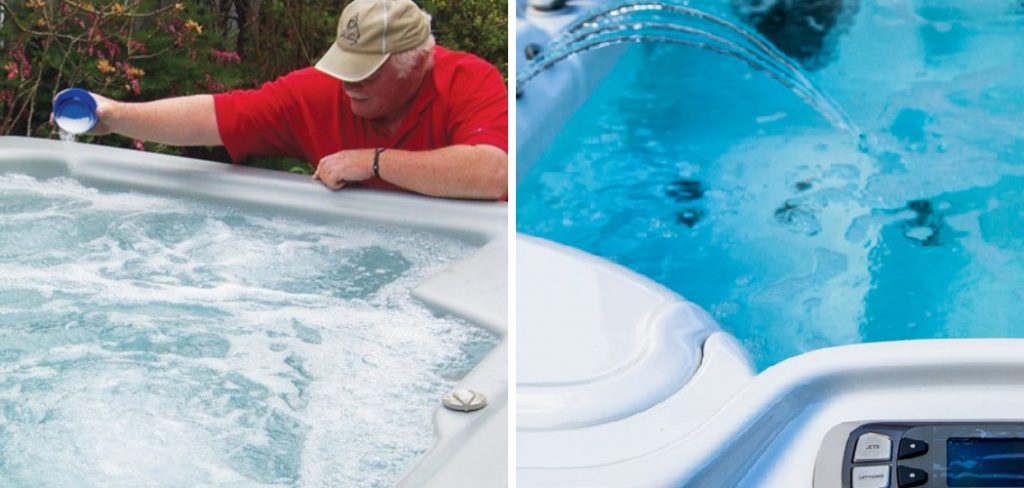
Lowering the alkalinity in a hot tub has many advantages. Firstly, it helps to prevent scaling and deposits on surfaces that can cause water flow restrictions and cloudiness. Secondly, lower alkalinity helps maintain a more stable pH level, which is important for skin comfort and preventing damage to both bathers’ skin and the hot tub’s plumbing.
Lastly, it reduces the number of chemical sanitizers that are needed to maintain a safe and clean water environment for bathers. In this blog post, You will learn in detail how to reduce alkalinity in hot tub.
Step-by-Step Processes for How to Reduce Alkalinity in Hot Tub
Step 1: Inspect the Ph Levels
First, you should inspect the Ph levels of your hot tub to ensure that alkalinity is actually the issue. This can be done through testing with a dip test strip kit or by taking a water sample to a professional lab. If chlorine levels are too high, it can cause alkalinity levels to increase. Add less chlorine or stop adding it altogether for a few days.
Step 2: Change Out the Water
If your hot tub is small, or alkalinity levels are still high after a few days without adding chlorine, it may be wise to change out all the water in the hot tub. This can be done with a submersible pump and hose. Make sure to use fresh tap water for the replacement.
Step 3: Add Muriatic Acid
Muriatic acid is a pool chemical that helps to reduce alkalinity in hot tubs and pools. Be sure to use goggles, gloves, pants, and shoes when handling muriatic acid. Pour it into the water while stirring with a wooden stick or paddle. Be sure not to add too much, as that could cause corrosion.
Step 4: Retest and Balance the Ph Levels
Once the muriatic acid has been added, wait a few hours before testing the pH levels of your hot tub again. If the alkalinity is still high, you may need to add more muriatic acid. If alkalinity is now balanced, you can add chlorine to the water again to maintain sanitary levels.
It is important to check your hot tub’s pH levels regularly and keep it balanced with muriatic acid and chlorine, as high alkalinity can cause scaling on the walls of the hot tub and skin irritation.
Safety Tips for How to Reduce Alkalinity in Hot Tub
- Always wear safety glasses and gloves when handling chemicals to reduce alkalinity in your hot tub.
- Make sure to use a proper-sized shallow bucket when preparing the solution so that it is not too deep and doesn’t spill out of the container or get onto other surfaces.
- Before adding the chemical, use a test strip to measure the alkalinity levels in your hot tub to ensure that you use the right amount.
- When adding the chemical solution, be sure to pour it in slowly and steadily so as not to create any sudden changes in pH or shock your hot tub’s system.
- Once the solution has been added, monitor your hot tub’s alkalinity levels every hour to ensure they drop as desired.
- If needed, repeat the process of adding a chemical solution and monitoring alkalinity levels until it reaches the desired level.
- Finally, once your hot tub’s alkalinity levels are within the optimal range, you can move on to other water chemistry maintenance, ensuring that your hot tub is in proper working order.
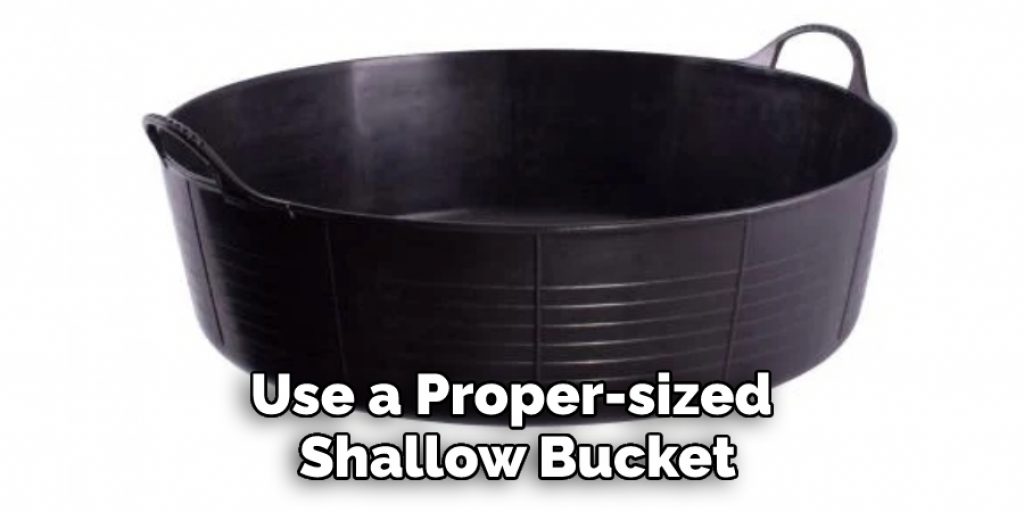
Following these safety tips is essential for reducing alkalinity in a safe and effective manner. Keeping your hot tub’s water clean and balanced ensures a comfortable, enjoyable experience for you and your guests.
How Often Should You Test and Adjust the Alkalinity in Your Hot Tub?
It’s important to test the alkalinity levels in your hot tub regularly. How often you need to do this depends on how often you use it and how much new water you add each time. If possible, you should test your hot tub’s alkalinity at least once a week or more frequently. Test it when the water is cold to get an accurate reading. After testing, you should adjust the alkalinity level if necessary.
To ensure your hot tub stays at a healthy alkalinity level, add an alkalinity increaser or decreaser accordingly. How much of each product to use depends on the size of your hot tub and the amount of water in it. It’s important to remember that adjusting the alkalinity level is a gradual process, so don’t expect results immediately. If you adjust too much or too quickly, it can be difficult to bring the alkalinity back down to a healthy level. Experiment with small increments until you find the right level for your hot tub.
How Do You Maintain Consistent Alkalinity in Your Hot Tub After It Has Been Reduced?
Once you have adjusted the alkalinity in your hot tub, it is important to maintain a consistent level of alkalinity to ensure that there are no changes in pH and calcium hardness levels. To keep your hot tub’s alkalinity at an optimal level, regularly test the water and adjust as needed. The ideal range for total alkalinity should be between 80-120 ppm, but this range may vary depending on the type of hot tub and its water chemistry.
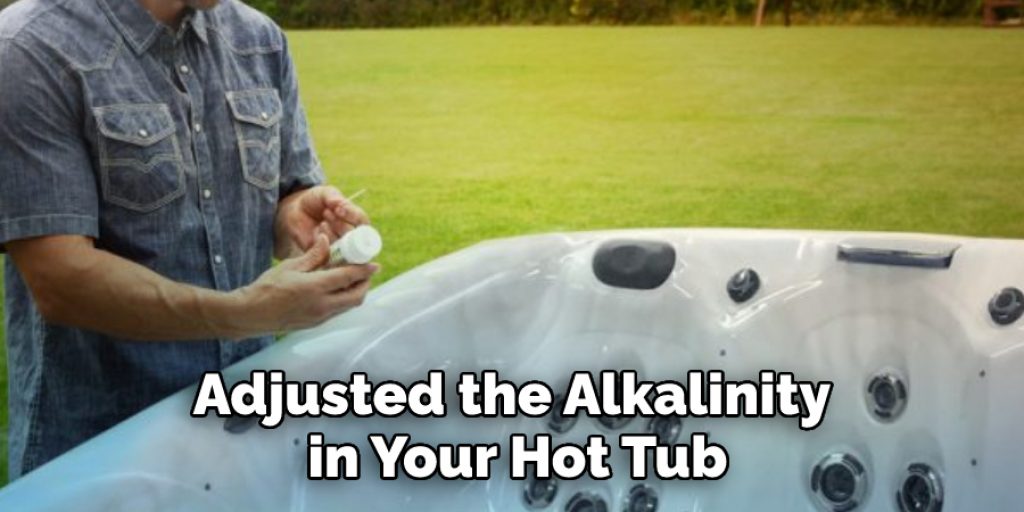
To maintain alkalinity levels over time, you can use a combination of muriatic acid and baking soda to adjust the pH balance in your spa. If you need to reduce the alkalinity, use muriatic acid to decrease the pH level. Then adjust the alkalinity by adding a small amount of baking soda (sodium bicarbonate). Adding too much baking soda can raise the alkalinity levels significantly, so always start with small amounts and increase as necessary. On the other hand, if you need to increase the alkalinity, add baking soda and then use muriatic acid to adjust the pH level back up.
Is There Any Risk Associated With Reducing Alkalinity in a Hot Tub?
Reducing alkalinity in a hot tub is generally considered safe. However, it’s important to know the risks associated with lower alkalinity levels. Low alkalinity can make your water more susceptible to pH fluctuations and cause irritation and damage to skin and equipment.
Additionally, low alkalinity can cause the water to become cloudy or discolored. If you are reducing the alkalinity in your hot tub, it’s important that you carefully monitor pH levels and adjust as needed using mild acid or base solutions.
To avoid any of these risks associated with reducing alkalinity, we recommend testing your hot tub’s pH levels regularly and using a quality alkalinity reducer if needed. Additionally, adding a hot tub stabilizer to your water can help regular the pH levels, reducing any potential risk associated with reducing alkalinity.
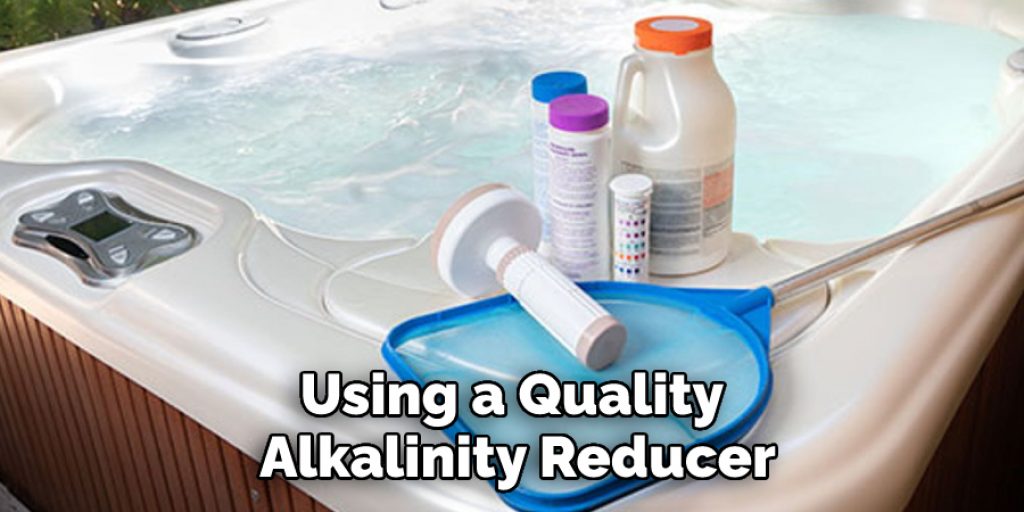
Finally, remember that you should never add large amounts of acid or base to your hot tub’s water, as this could cause significant damage to your hot tub and its users. Be sure to use only mild acid or base solutions when reducing alkalinity in your hot tub.
How Often Should You Replace Your Hot Tub Filter After Reducing Alkalinity Levels?
Once your hot tub alkalinity levels have been reduced, you’ll want to inspect and change your filter regularly and thoroughly. How often you should replace the filter depends on a few factors, such as how much you use the hot tub and what type of filter it utilizes. For example, if you are using a cartridge filter, you may want to replace it every two to three months, as this type of filter can quickly become clogged with dirt and debris. If you opt for a DE or diatomaceous earth filter, then this should be replaced at least once a year under normal usage conditions.
No matter which type of filter your hot tub uses, it’s important to inspect it regularly for signs of wear and tear, such as tears in the filter material or a decrease in suction. If you spot those warning signs, be sure to replace your filter as soon as possible. It’s also essential to remember that reducing your hot tub alkalinity levels will not prevent future build-up of calcium and other minerals in your hot tub water. It may help to use a mineral-reducing product, such as Stain & Scale Remover, to keep your hot tub clean and clear.

Conclusion
One of the main disadvantages of reducing alkalinity in a hot tub is that it can cause skin and eye irritation. Low alkalinity levels mean fewer bicarbonates to buffer free chlorine, making it more irritating to those with sensitive skin. Additionally, low alkalinity levels can make water appear cloudy due to an imbalance of pH levels. This can make it dangerous to swim in, as you won’t be able to see clearly beneath the surface.
In conclusion, reducing your hot tub’s alkalinity is essential for optimal functioning and health. It’s important to take a water sample to your local pool store and have it tested regularly to stay on top of maintenance requirements. The most effective way to reduce alkalinity is by using acid, which needs to be added slowly for the pH levels and alkalinity to adjust without causing any damage.
Regular maintenance is key – check your hot tub’s pH and alkalinity levels weekly, use a quality filter, keep the water clean, and avoid adding too many chemicals. I hope this article has been beneficial for learning how to reduce alkalinity in hot tub. Make Sure the precautionary measures are followed chronologically.

